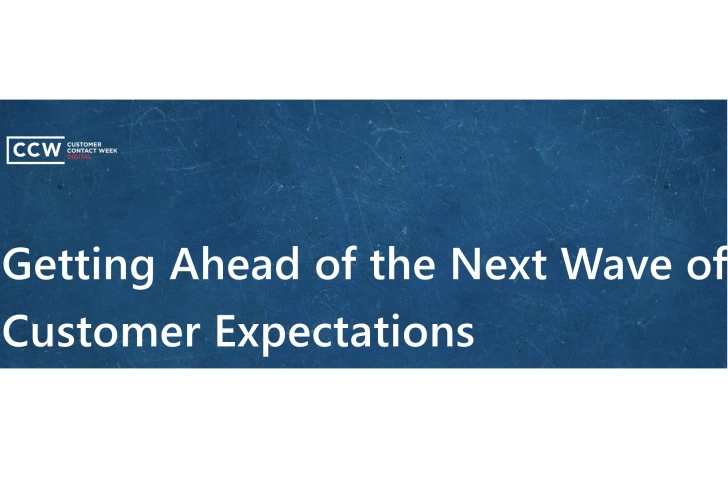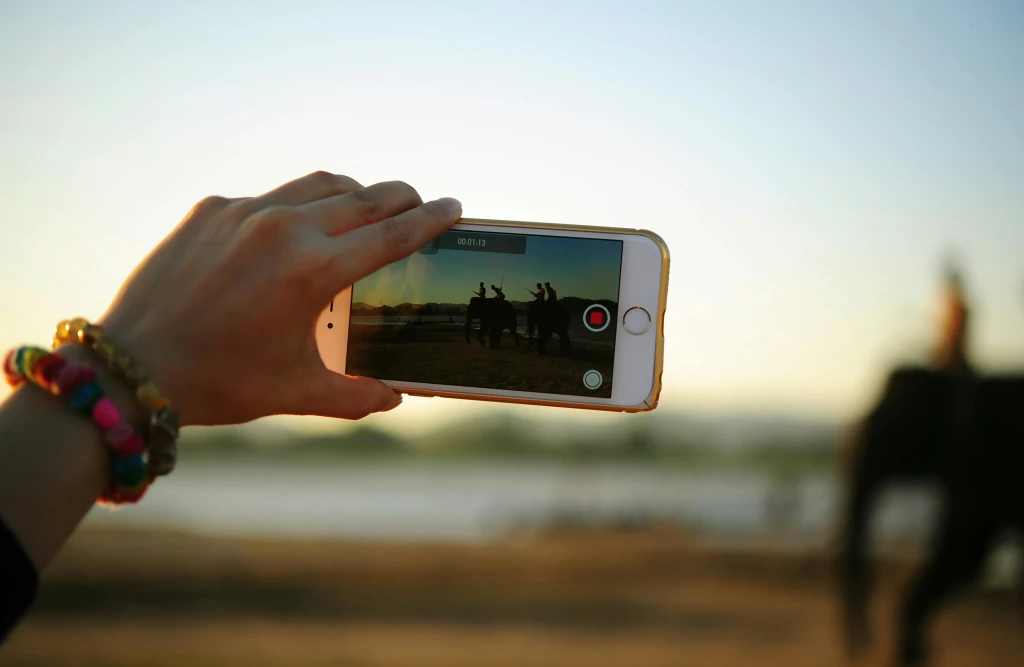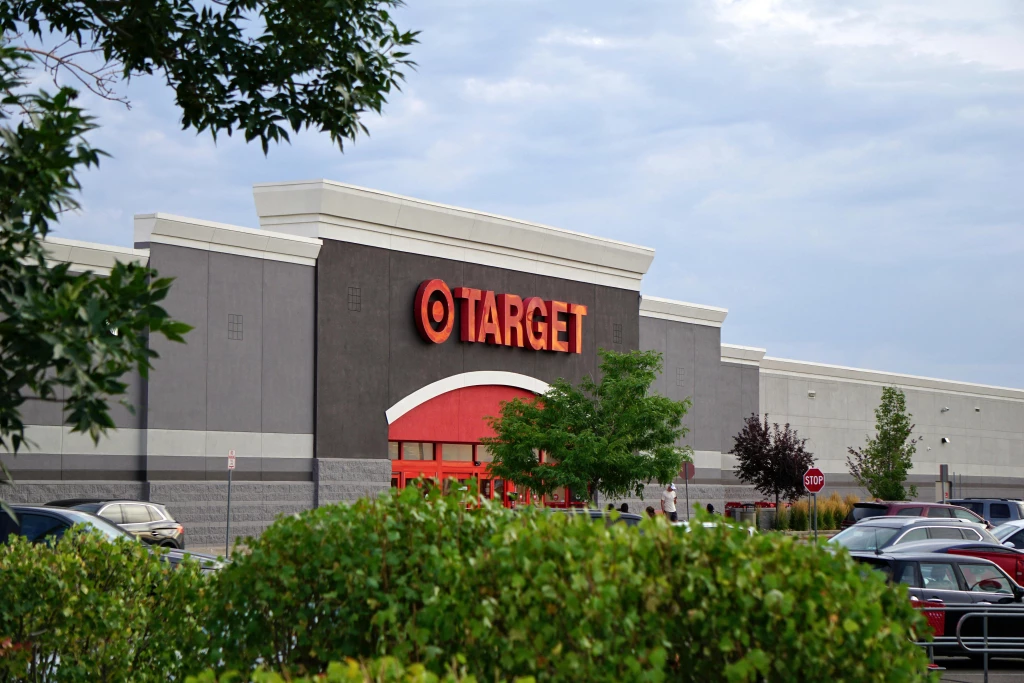How Profitless Start-Ups Created Unrealistic Customer Expectations
Add bookmark
Think of the convenience of Uber; just a few clicks on your phone and you have a personal driver to take you around your city. Or Doordash, where you can get a meal delivered to your door upon opening the app. These modern luxuries have become staples in customers’ lives, but the cost of using these innovative services is slowly growing as they transition away from their early days as start-ups.
Writer Kevin Roose comments on the increasing costs of start-up services and gives a full-circle perspective on what he considers the golden era of the ‘Millennial Lifestyle Subsidy’ in a recent article from the New York Times. However, his first thoughts on the presence and problem of profitless start-ups were detailed in the Intelligencer back in 2014.
The Profitless Start-Up Dilemma
In his initial coverage, Roose shares his experience ordering from former meal-delivery start-up SpoonRocket. With the app, he was able to order a gourmet meal of sirloin au poivre that was delivered to his home in exactly 11 minutes, for just $8. He then booked an Uber for a meeting across town, which only added $10 to his daily total. This experience is what he considers part of the ‘Millennial Lifestyle Subsidy’, offering something that would normally be deemed as lavish and luxurious at a completely discounted, and almost unreal, rate.
To sustain low price points on an app like SpoonRocket, Roose notes, you must be in the business of losing money. Without any real knowledge of these companies’ true financials, he states that start-ups like these book a loss every time a customer places an order. Considering the amount of effort and manpower that it takes to fulfill one order, from the cooks to the drivers, the company was likely losing profit. However, he furthers, a company like this does not actually have to make money due to an overflow of venture capital gains that allow them to keep prices low. This is the concept of a profitless start-up; a business model based on growth rather than profit.
To customers, the introduction of these start-ups was exciting; the apps afforded them cheap services and luxury experiences at an extremely accessible price point. However, to the companies themselves, these pricing structures were likely unsustainable and ultimately put some out of business.
The End of ‘Millennial Lifestyle Subsidy’
In the golden age of ‘Millennial Lifestyle Subsidy,’ most people could afford to Uber their way home or receive lunch delivery any day of the week — but now, these services are slowly regaining their status as a luxury once again.
To give some perspective, Roose highlights a recent Tweet from Ford’s VP of Venture Incubator Sunny Madra that stated, “Today my Uber ride from Midtown to JFK cost me as much as my flight from JFK to SFO.”
This price increase, while also due to surging demand, may be a mark of the end of the ‘lifestyle subsidy’ trend. Because companies are no longer competing for customers, there is little incentive to offer consistent promotions or coupons to attract new users. But, this was really the plan all along. These companies were never meant to sustain a profitless structure, the low prices were meant to get users on the app and ultimately grow its platform.
However, while unintentional, this era of inexpensive service experiences may have prompted new expectations for customers used to the luxuries it afforded. If customers become used to paying $10 for an Uber across town, they’re likely going to be upset once that price more closely resembles an airline ticket. And while it sounds reasonable to increase prices to actually incur a profit, higher prices become much more surprising if the customer is unaware of the initial subsidized cost.
Therefore, companies operating on a profitless set-up should be more focused on maximizing value for customers instead of enticing them with short-lived subsidized pricing structures. Because if not, the initial customers may be quick to seek out a cheaper experience once the prices return to normal. This business model, although beneficial to customers seeking a deal, does not instill long-term loyalty for users basing their decision on price. For example, since the introduction of delivery apps like DoorDash and Uber Eats, customers have become trained to seek out the service with the lowest fees or best discounts, instead of basing their decisions on the actual level of service being provided. Companies should instead be aiming to differentiate through quality service and exceptional standards of care to obtain a more dedicated user-base. If brands work to identify what their customers truly value, they can design an experience that captivates genuine loyalty.
On another note, profitless start-ups may be attracting a customer demographic that may not actually match the service they’re providing, further decreasing the likelihood of sustained loyalty. Building value within the customer experience will ensure that customers don’t develop unrealistic expectations about your service, keeping them engaged regardless of the discounts offered.
Photo by PEXELS























